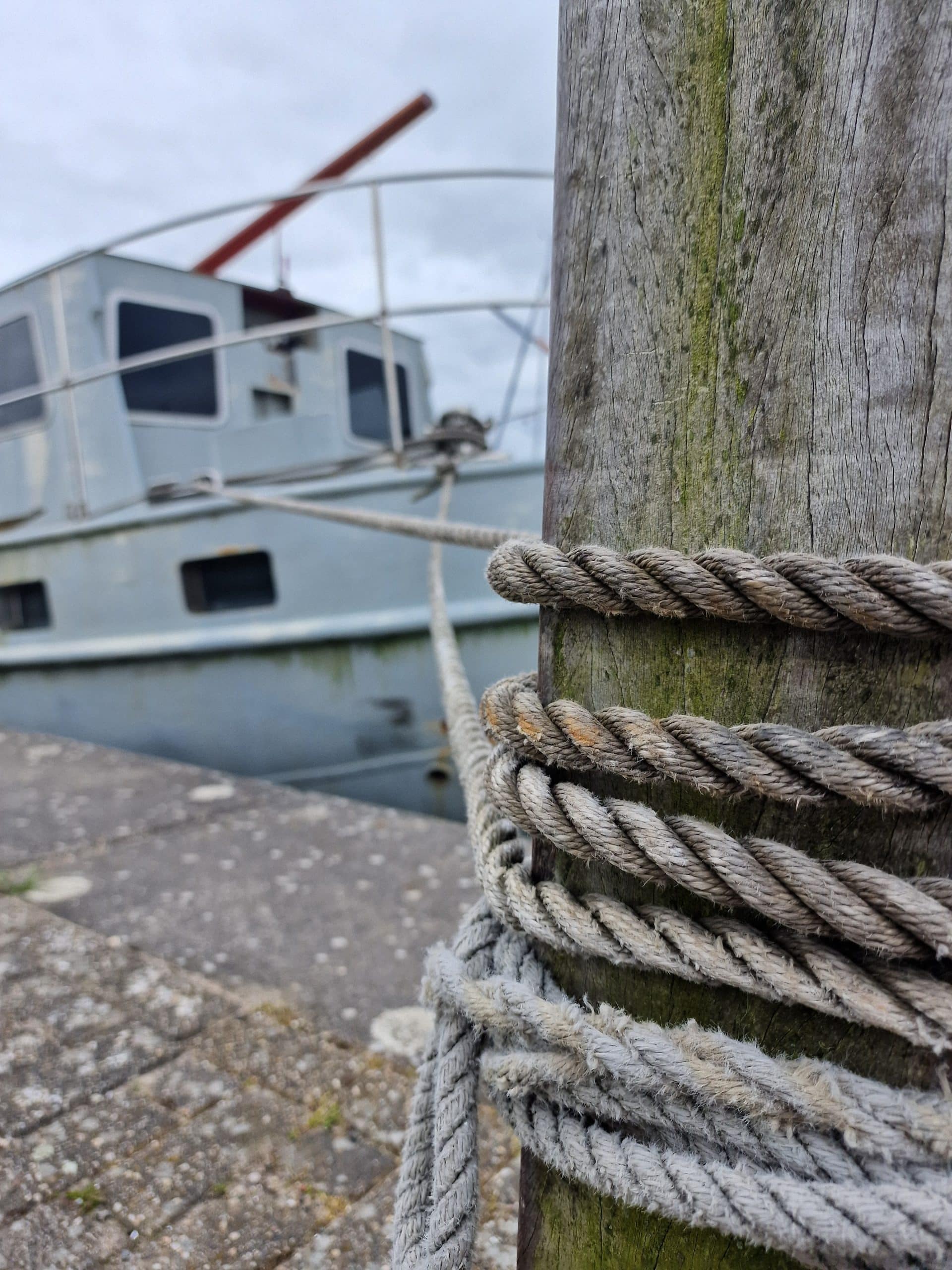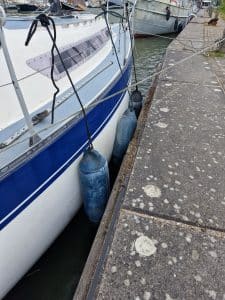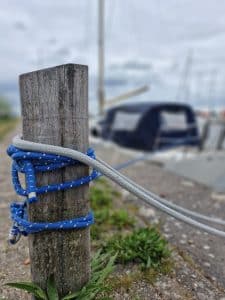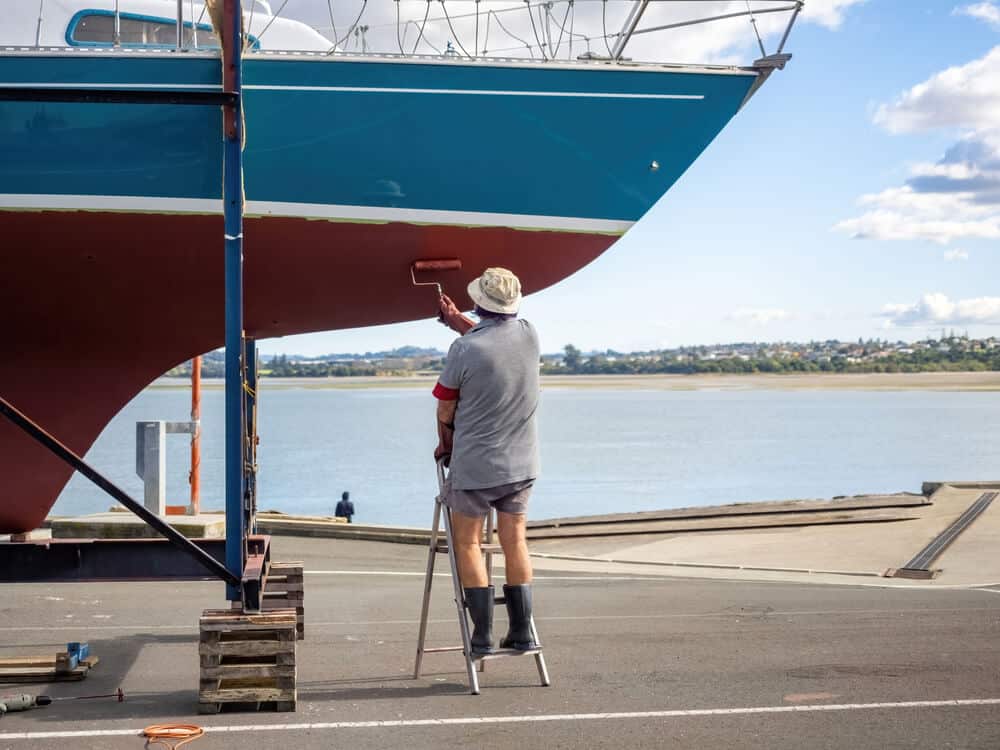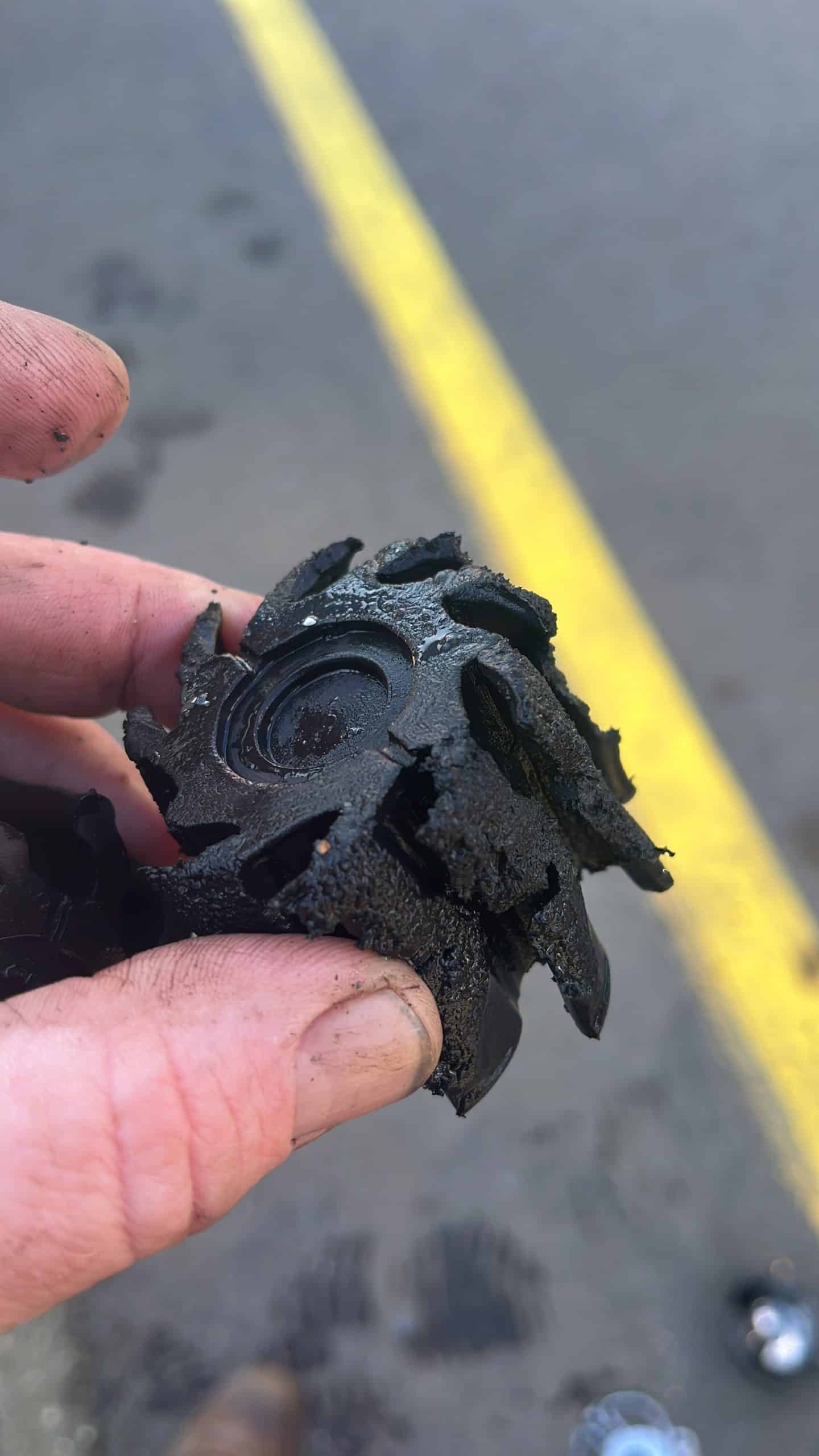- Blog
- April 28, 2024
Boat capture
Your boat is a precious and often treasured possession. But most of the time your boat lies, unattended, in the harbor. Therefore, it is important to know how to properly and safely moor your boat so that it does not get damaged in the various weather conditions. In addition, mooring the boat without causing damage is difficult, especially for novice boaters. Pay attention to these steps to avoid getting into trouble.
Boat capture roadmap
- Be well prepared, know what you are going to dock and how you want to do it
- Prepare enough lines
- Hang fenders ready at the correct height
- Make sure the crew knows what is expected of them
- Arrive with not too much speed
Using fenders
When you are going to tie the boat to a quay, i.e. mooring alongside, the side of the boat comes into contact with the shore. To avoid damaging the boat then use fenders or fenders. These inflatable "balloons" are smooth and soft, preventing damage to the boat. Hang these at the proper height, especially at the widest part of the boat. Use as many fenders as necessary to catch the boat in various positions.
Lying parallel to the jetty or quay
If you are going to tie up alongizj a quay or jetty, make sure the space you want to fit into is big enough for your boat. If you arrive at an angle of about 30 degrees, you can steer at the last moment to get the boat parallel to the quay. Then the stern line can be brought to shore first to slow the boat down, or if there is a strong wind upwind first the front line. Good preparation is important here! If there is a lot of wind, always make sure you arrive with the head into the wind, this way you have more control over the boat.
Mooring ropes
Mooring ropes or mooring lines are ropes used so that the boat is secured to the shore. If a rope runs from the front of the boat even further forward on the shore, we speak of a front mooring line. If a rope from the back of the boat runs even further back on the shore, we refer to it as an aft mooring line.
Jump
Unlike mooring lines, jump lines face the opposite direction from the boat to shore. That means that a line running from the front of the boat to the back to be tied on shore is a fore jump. A back jump is a line that goes from the back of the boat to the front on shore. The jumps are secondary, but essential to properly tie up a boat in all conditions!
Attachment bollards
Depending on the type of boat you have, you will use frogs or bollards on the boat to fasten the mooring lines. Although these differ in shape, they are fairly similar in use. Check out our extensive blog post on using bollards and frogs to see how to use them.
Boat securing
- To secure a boat properly and safely, we recommend always using 4 lines. If you are in a box you can put a line on each corner of the boat. If you are alongside a quay or jetty, it is important to use two mooring lines and two jumps. That way your boat is cross-locked and can move as little as possible. Always take into account local conditions, such as sinking water or strong winds, and adjust your lines accordingly.
Mooring with a boat
- To dock properly and safely, the following steps are important:
- Make a plan to dock, taking into account local conditions such as current and wind, and space to maneuver.
- Have enough fenders or fenders hanging ready, at the proper height
- Have enough lines, on the right side of the boat, ready to attach
- Have crew ready to bring lines to shore
- Do not approach with too much speed
- Bring the first lines to shore to slow the boat down, mostly the rear hulls
- Also bring the front ropes to shore to ensure the boat cannot drift away again
- Secure everything, including the jumps, and check the fenders
Carefree on the water with Vaarzeker
How to dock when your engine has quit? This is, of course, very tricky. The most important piece of preparation is through one of our memberships so you can always count on the right help if something goes wrong with the boat. Our experienced mechanics and skippers will come to your rescue quickly, so you won't be alone.
Need help choosing?
Need help choosing a subscription? Then use our handy selection guide.
Newsletter subscription
Fill out the form below to become a member of our newsletter
